Tea cup machines play a crucial role in the production and packaging of tea products. These specialized machines are designed to efficiently produce high-quality tea cups that meet the diverse needs of consumers worldwide. Understanding the key structure and functions of tea cup machines is essential for manufacturers looking to streamline their production processes and enhance product quality.
1. Machine Frame
The machine frame serves as the foundation of the tea cup machine, providing structural support for various components. Typically made of high-quality stainless steel, the machine frame is durable and corrosion-resistant, ensuring longevity and reliability in the production process. It is designed to withstand the rigors of continuous operation and maintain stability during the manufacturing of tea cups.
2. Forming Station
The forming station is a critical component of the tea cup machine responsible for shaping the raw materials into the desired cup shape. This station utilizes advanced molding techniques to create uniform and precise tea cup designs. By controlling factors such as temperature, pressure, and timing, the forming station ensures consistency in cup size and shape, meeting quality standards set by manufacturers.
3. Heating System
The heating system plays a key role in the tea cup machine by providing the necessary heat energy for molding and forming the cups. This system includes heating elements that heat the raw materials to the required temperature for shaping. Precise temperature control is essential to ensure proper material flow and mold filling, resulting in well-formed tea cups with smooth surfaces and sturdy construction.
4. Sealing Mechanism
The sealing mechanism in a tea cup machine is responsible for securely sealing the edges of the cups to prevent leakage and contamination. This critical component ensures the integrity of the tea cups during storage and transportation, preserving the freshness and quality of the tea products. The sealing mechanism operates efficiently to create a strong seal that maintains the contents of the cup intact.
5. Control System
The control system of a tea cup machine consists of sophisticated electronics and software that regulate the machine's operation and monitor key parameters. This system enables operators to set and adjust various production parameters such as speed, temperature, and pressure, ensuring optimal performance and consistent cup quality. Advanced control systems offer real-time monitoring and troubleshooting capabilities for enhanced efficiency and productivity.
6. Packaging Unit
The packaging unit of a tea cup machine automates the process of stacking, counting, and packaging the finished tea cups. This unit streamlines the final stages of production by efficiently handling the cups and preparing them for distribution. The packaging unit can be customized to accommodate different packaging formats, such as boxes or trays, based on specific requirements and market demands.
7. Safety Features
Tea cup machines are equipped with various safety features to ensure the well-being of operators and prevent accidents in the workplace. Safety mechanisms such as emergency stop buttons, interlocking systems, and protective guards are integrated into the machine design to minimize risks during operation. Regular maintenance and safety inspections are essential to uphold a safe working environment and compliance with industry regulations.
8. Maintenance and Cleaning
Maintenance and cleaning are vital aspects of tea cup machine operation to sustain peak performance and prolong the machine's lifespan. Regular maintenance tasks include lubrication of moving parts, inspection of components, and calibration of systems. Proper cleaning procedures help prevent contamination and ensure hygienic production practices. By following recommended maintenance schedules and cleaning protocols, manufacturers can optimize machine efficiency and product quality.
Conclusion
In conclusion, the key structure and functions of tea cup machines are essential elements that contribute to the efficient production of high-quality tea cups. Each component plays a crucial role in shaping, sealing, and packaging the cups, ensuring consistency and reliability in the manufacturing process. By understanding these key aspects, manufacturers can optimize their production processes, enhance product quality, and meet the evolving demands of the tea industry.




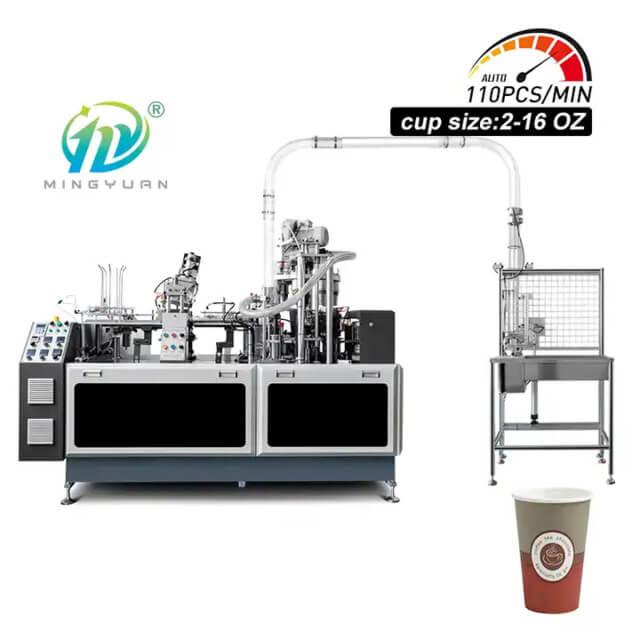

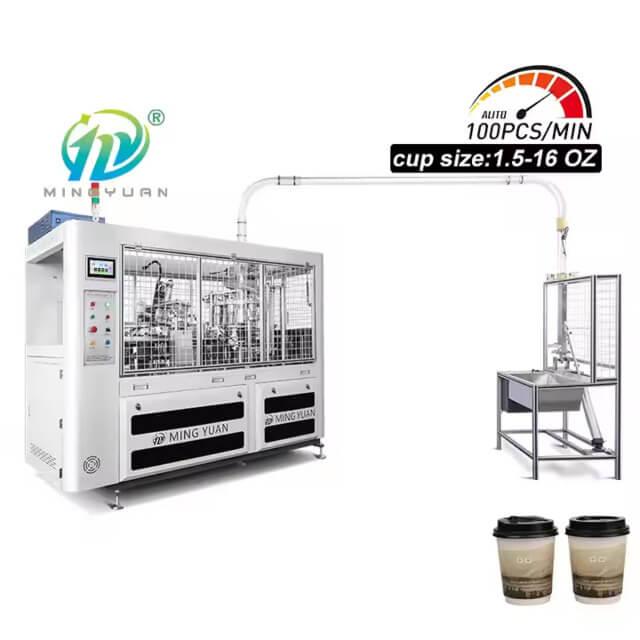
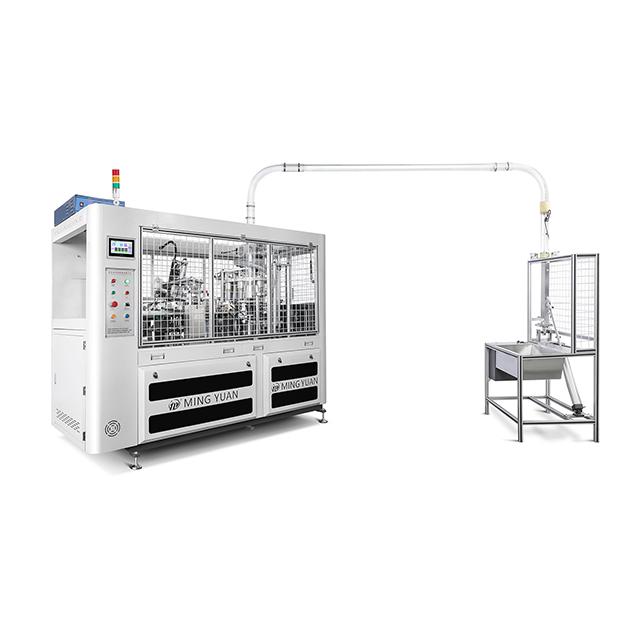


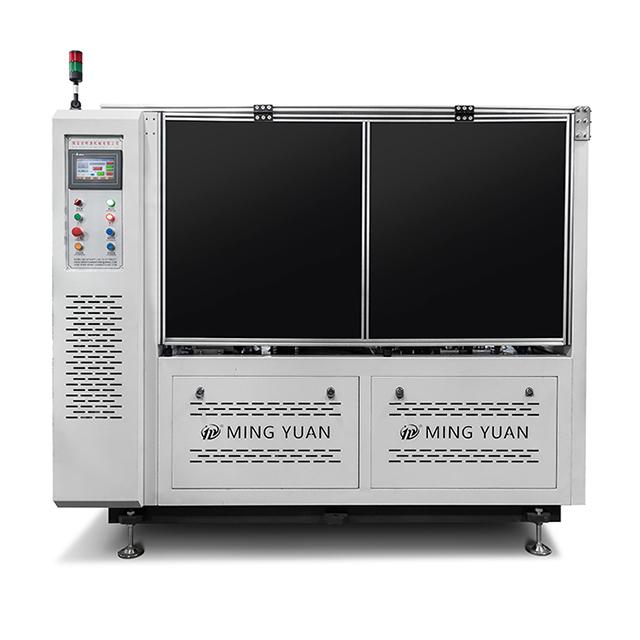
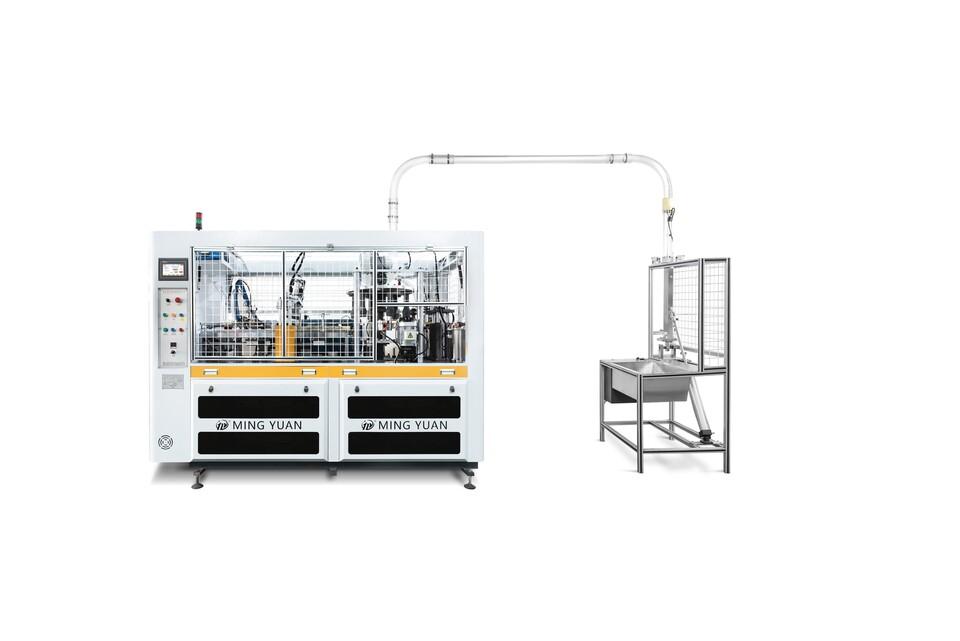

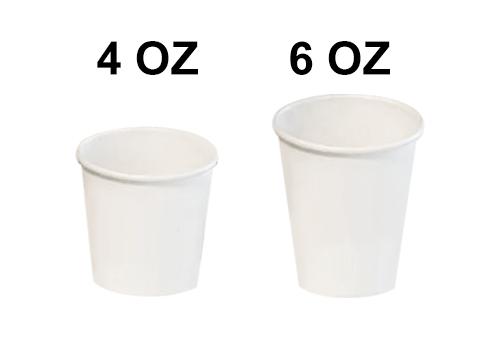
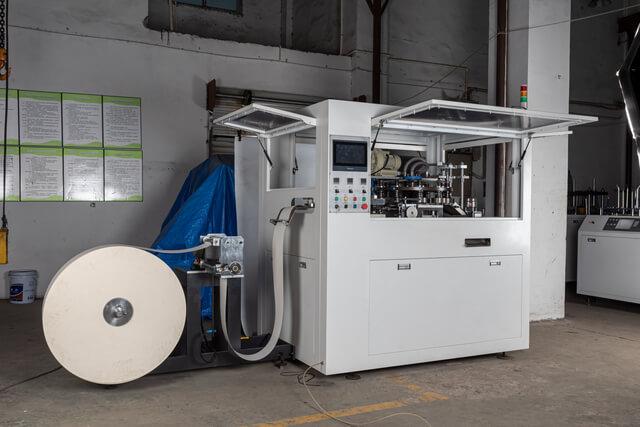

 Tel: +86-19057361870 / +86 577 65567060
Tel: +86-19057361870 / +86 577 65567060  Email: paperproductwholesaler@gmail.com
Email: paperproductwholesaler@gmail.com MP/WhatsApp: +86-19057361870
MP/WhatsApp: +86-19057361870 Manufacturer Address:No.1588, Huaming Road, Feiyun Street,Ruian City Zhejiang Province -325200 China
Manufacturer Address:No.1588, Huaming Road, Feiyun Street,Ruian City Zhejiang Province -325200 China




